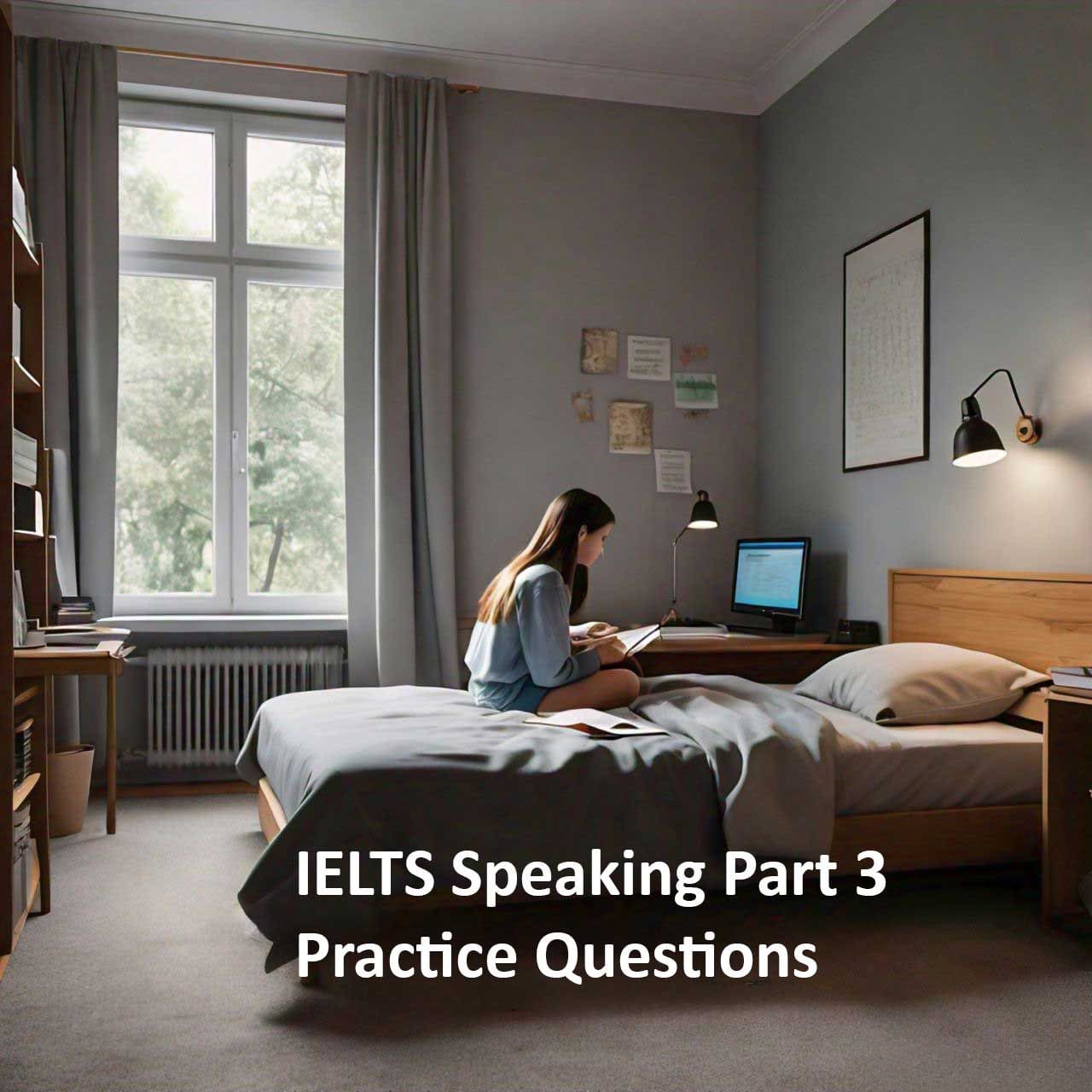The IELTS Speaking test can be one of the most nerve-wracking parts of the IELTS exam. Speaking in a foreign language under test conditions can be intimidating, but with the right strategies and preparation, you can build the confidence you need to excel. In this blog post, we’ll explore effective ways to develop speaking confidence and perform your best on test day.
Table of Contents
Understanding the IELTS Speaking Test
The IELTS Speaking test is a face-to-face interview with an examiner and consists of three parts:
1. Part 1: Introduction and Interview (4-5 minutes) – General questions about yourself and familiar topics.
2. Part 2: Long Turn (3-4 minutes) – You are given a task card with a topic and have one minute to prepare before speaking for up to two minutes.
3. Part 3: Discussion (4-5 minutes) – More abstract questions related to the topic in Part 2.
Key Strategies for Building Speaking Confidence
1. Understand the Test Format
Knowing what to expect can significantly reduce anxiety. Familiarize yourself with the test format, types of questions, and timing for each part. This will help you feel more prepared and less anxious on test day.
2. Practice Regularly
Regular practice is essential for building confidence:
– Daily Speaking Practice: Make speaking English a daily habit. Talk about different topics, describe your day, or discuss current events.
– Use IELTS Practice Questions: Practice with past IELTS speaking questions to get used to the format and types of questions.
– Record Yourself: Recording your responses can help you evaluate your fluency, pronunciation, and coherence. Listen to the recordings and identify areas for improvement.
3. Expand Your Vocabulary
Having a broad vocabulary helps you express your ideas more clearly and confidently:
– Learn Topic-Specific Vocabulary: Focus on common IELTS topics such as education, technology, environment, and health.
– Use Synonyms: Avoid repetition by using synonyms and varied expressions.
– Practice Contextual Usage: Learn how to use new words in context, not just their definitions.
4. Improve Pronunciation and Fluency
Clear pronunciation and smooth fluency are crucial for a high score:
– Listen and Imitate: Listen to native speakers through podcasts, movies, and news. Try to imitate their pronunciation, intonation, and rhythm.
– Practice Speaking in Chunks: Practice speaking in phrases or chunks rather than individual words to sound more natural.
– Use Tongue Twisters: Tongue twisters can be a fun way to improve pronunciation and articulation.
5. Develop Coherent Responses
Your answers should be structured and logical:
– Use a Framework: For Part 2, follow a simple framework: introduction, main points with examples, and conclusion.
– Linking Words and Phrases: Use connectors like “firstly,” “in addition,” “however,” and “as a result” to link your ideas smoothly.
– Practice Mind Mapping: Use mind maps to organize your thoughts quickly during the one-minute preparation time in Part 2.
6. Engage in English Conversations
Engaging in real conversations can significantly boost your confidence:
– Language Exchange: Join language exchange groups or online communities where you can practice speaking with native speakers or other learners.
– Speaking Clubs: Participate in speaking clubs or workshops focused on improving English-speaking skills.
– Practice with Friends or Family: If possible, practice speaking English with friends or family members who are proficient in the language.
7. Stay Positive and Relaxed
A positive mindset can greatly influence your performance:
– Stay Positive: Focus on your progress and strengths rather than worrying about mistakes.
– Relaxation Techniques: Practice deep breathing, meditation, or other relaxation techniques to calm your nerves before the test.
– Visualize Success: Visualize yourself performing well in the test. Positive visualization can boost your confidence and reduce anxiety.
On Test Day
Arrive Prepared
– Arrive Early: Ensure you arrive at the test center early to avoid any last-minute stress.
– Bring Necessary Documents: Have your identification and any other required documents ready.
During the Test
– Listen Carefully: Pay close attention to the examiner’s questions and instructions.
– Take Your Time: Don’t rush your answers. Take a moment to think before you speak if needed.
– Be Yourself: Speak naturally and confidently. The examiner is interested in your ability to communicate effectively, not in your accent or specific word choices.
Conclusion
Building confidence for the IELTS Speaking test is a gradual process that involves consistent practice, strategic preparation, and a positive mindset. By understanding the test format, expanding your vocabulary, improving your pronunciation and fluency, and engaging in regular English conversations, you can significantly boost your speaking confidence. Remember to stay positive, practice relaxation techniques, and visualize your success. With these strategies, you’ll be well-prepared to excel in the IELTS Speaking test.
Good luck, and happy speaking!



